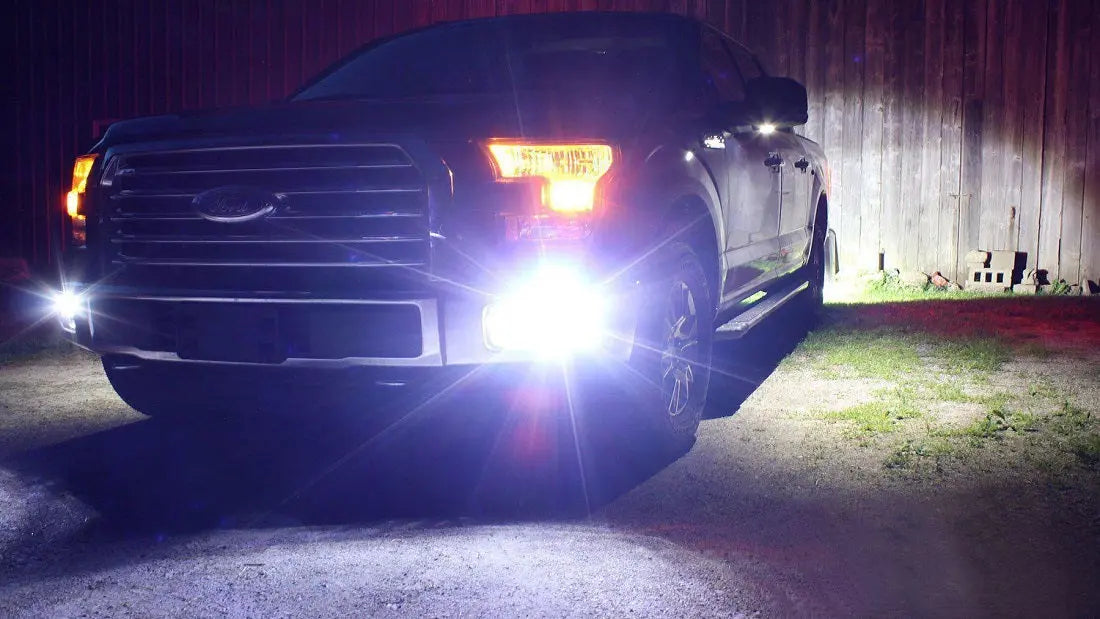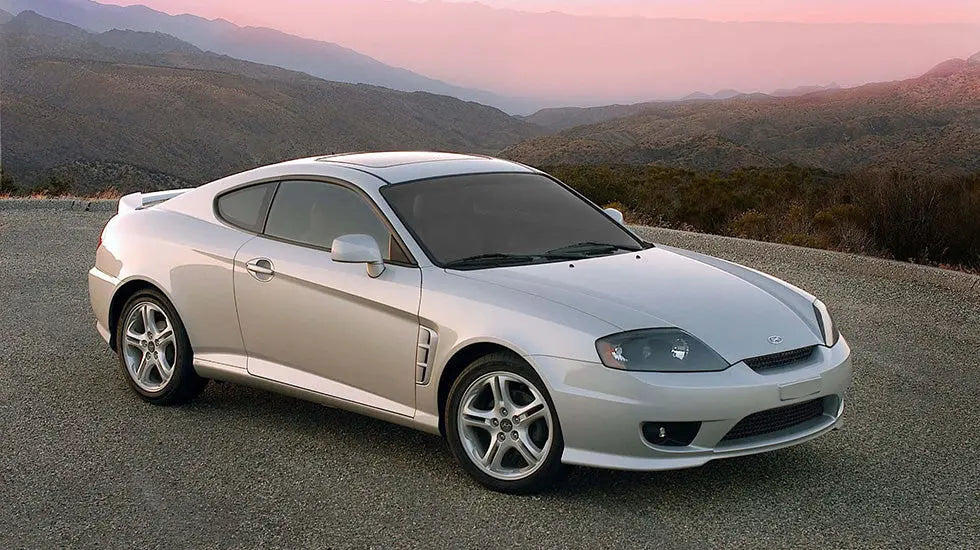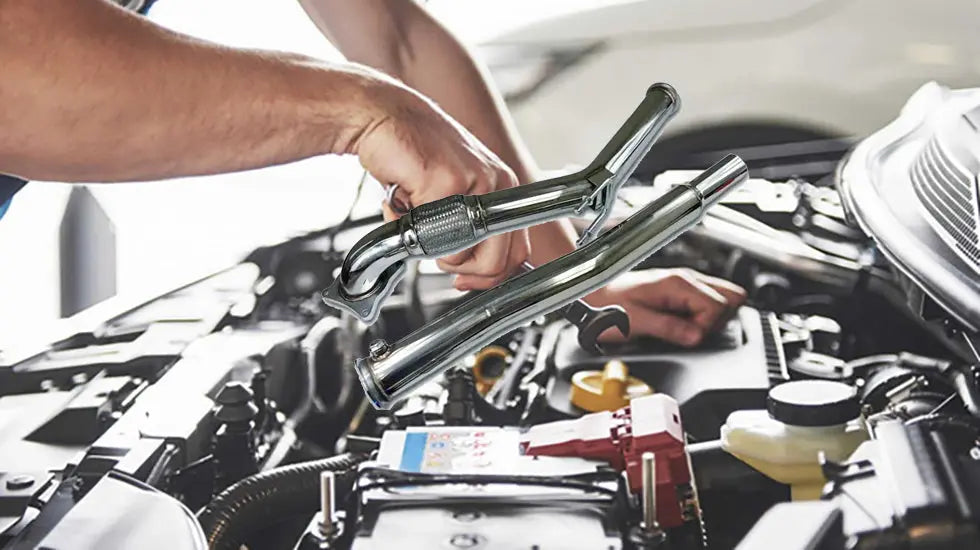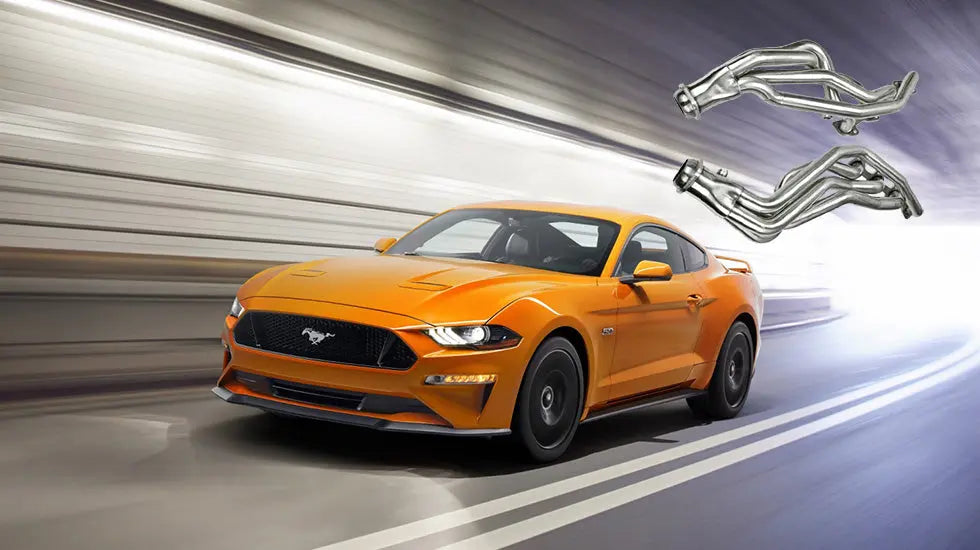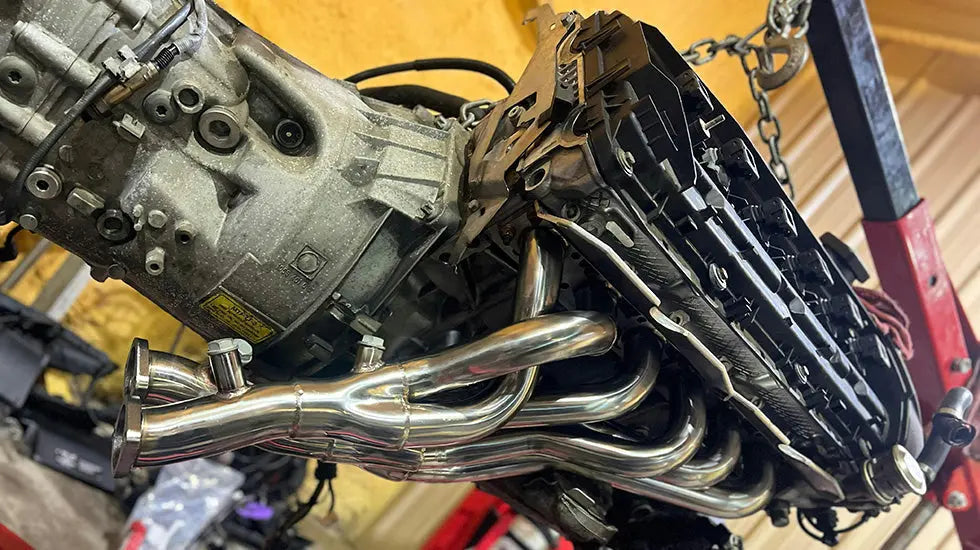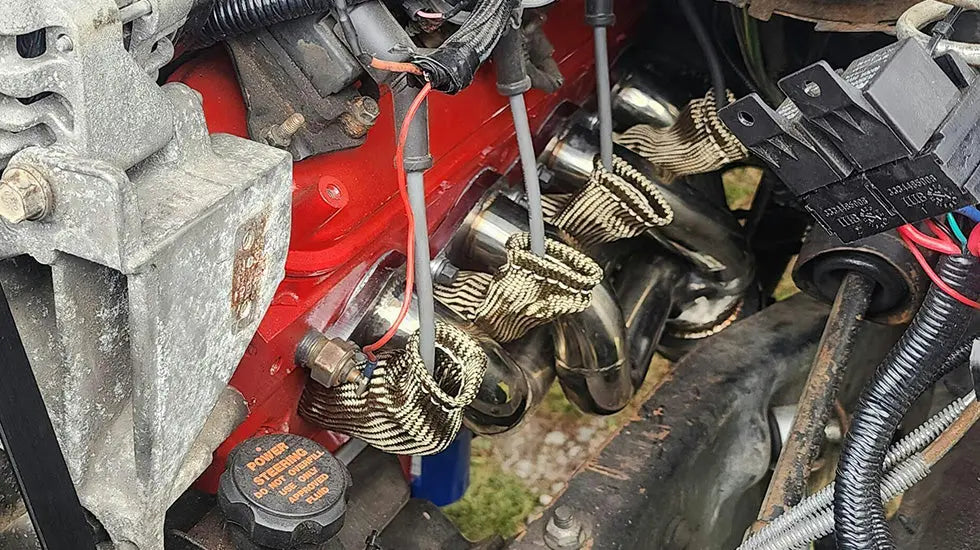Most people are aware that LED stands for Light Emitting Diode, but fewer are aware that LED automobile headlight systems can be more expensive and sophisticated than halogen bulbs while simultaneously being more effective and adjustable, in part due to the small size and low power consumption of each diode.
Daytime running lights made of LEDs are standard on the majority of new cars. However, full LED headlights are not (yet). Lessening the electrical burden on a car has grown more crucial as manufacturers strive for lower emissions and fuel consumption, and LED lighting specifically helps with that.
Compared to conventional LED, xenon, and halogen headlamps, they generate bright, clear light that, when paired with matrix light technology (discussed later), offers significant improvements in adaptability and illuminating power. The cost of replacing an LED unit, especially one of the matrix variety, is a drawback.
However, given that complete LED headlights are anticipated to become more common, investing in them now could pay off when it comes to future sales. Also, LED matrix lights may be able to greatly assist you if you lack confidence when driving at night.
How Do LED Lights Work?
An LED is merely a semiconductor that produces light when current is sent through it; keep in mind, however, that current can only flow in one direction via an LED. The energy used from the battery (and hence the engine) is lower than that of halogens and xenons since comparatively little current is needed to illuminate.
A semiconducting material, created by mixing an insulating material with an electrically conductive material, is used to transfer current from cathode to anode. Semiconducting materials have conductivities that fall between rubber and metal. The semiconductor then releases photons, which illuminate the path in front of us.
The LED is anticipated to endure well over a decade because of its simplicity, which leaves very little room for error. However, there is not enough information about LED headlights to determine how long they will endure when used on public roads.
HOW TO PICK LED LIGHTS FOR CARS: THE ULTIMATE GUIDE

LED light bulbs for automobiles are one of the most popular and straightforward automotive improvements, and for a good reason. Drivers are switching more frequently than ever from the conventional low-yellow light of halogen bulbs to the contemporary, sleek-looking light of LED car lights. Trucks and motorcycles may also employ LED lights to give them a futuristic and stunning look while increasing the visible distance, so this trend isn't just for vehicles.
The following article will get you fired up about the benefits of LED light bulbs for vehicles, whether you're on the fence about switching from halogen to LED or you've already made up your mind!
BENEFITS OF LED LIGHTS FOR CARS
Since they became commonplace, LED car lights have altered how manufacturers and drivers perceive automobile lighting. Although LEDs can cost a little more than halogens, they have a longer lifespan and a light output reaching 12,000 Lumens. This quality of light improves visibility along the road so that motorists may drive safely. Continue reading to discover more advantages of LED lighting for automobiles.
-
LONG LIFESPAN
First things first: If you're going to switch, you need to be sure that the expense of an LED light will be justified. You're in luck because the led bulb lifespan for a car can reach 20 years. This implies that you won't frequently need to change your LED headlights, in contrast to halogens, which occasionally require yearly replacement. These lights have a long lifespan in part because of their straightforward but sturdy design. Compared to halogen lights, which have more parts and moving parts, LEDs are far more efficient because they are built of single units that transform electricity into light.
LEDs are equipped with heat sinks to prevent overheating in the places through which power flows. Here's why you should look for the best-LED car lights: The car's overall health could be worsened by a heat sink that isn't working properly.
-
ENERGY EFFICIENT
The market's most energy-efficient automotive lighting is LEDs. Because they convert more than 80% of the energy they require into light and only 20% of it into waste heat, LED lights use a lot less energy than halogen lights. To put it another way, LED lights require only 18 watts of electricity as opposed to 65 watts for halogen. As a result, LED lights are more environmentally beneficial because they are created without mercury and are also more energy efficient.
-
EASY INSTALLATION
The installation of LED lights for cars is really simple and should only take you about 30 minutes, in addition to all of its fantastic functional advantages. The majority of car-led bulb sizes are modest, allowing for a variety of design options. This retrofit installation technique is as simple as taking a quick drive down your preferred route if you're a DIY automotive enthusiast.
-
STUNNING AESTHETIC
You want lighting that will wow people who see your car. Halogen lights that are feeble, yellow, and dim won't work. When it comes to who has the most eye-catching vehicle, your car is a force to be reckoned with, thanks to the overwhelming brightness of LED lights, which are like blades slicing through the smooth fog. Additionally, installing a set of LEDs is significantly less expensive for people on a tight budget than purchasing a brand-new vehicle.
-
LIGHT BULB RECYCLING: LEAVE IT TO THE PROS
Before being broken, fluorescent light bulbs should be delivered to a reputable recycling business. The mercury in light bulbs can be recovered and removed by recycling facilities, along with glass and other materials that can be put to other uses. The fact that almost all components of a fluorescent light bulb may be recycled surprises a lot of people.

